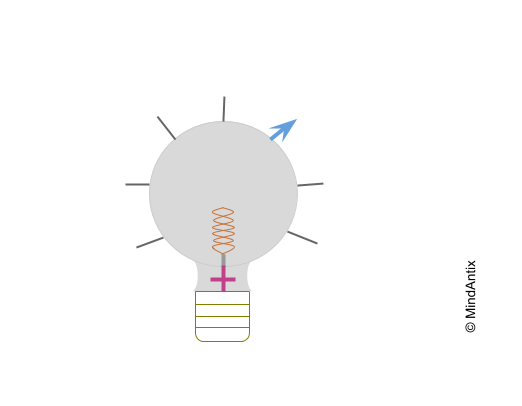“But we are boys – we like to smash things!”
I groaned, silently, when I heard a group of 4th and 5th graders say this, quite aware that they will likely not successfully complete the challenge I gave them.
As part of understanding how creativity works, our students learn how the brain works as an associative engine, and how combining unrelated ideas can often lead to novel ideas. One exercise we do is “Wacky Inventions” where students pick two random object names from a bag and try to combine them to make an invention idea all in a matter of few minutes.
This group got “wheel” and “hammer” as their two objects, and it’s clear to see how those words quickly triggered gendered associations. The only idea they could come up with was to use the hammer to smash cars. For an idea to be creative it needs to be both novel and useful, but unfortunately even after prompting the students to think of how it would be useful, they couldn’t come up with a useful form. For instance, they could have explored a scenario where a giant hammer is used to smash cars in a junkyard to reduce space. But once the gender stereotype got triggered, it blocked their minds from elaborating or exploring more ideas to successfully complete the challenge.
Their peer group, in contrast, came up with a design to decorate cupcakes evenly. Cupcakes are placed on a rotating wheel and a hammer hits on an icing holder to release the right amount icing at the right time. An idea that is both novel and useful – not bad for a 5 minute challenge!
Strong gender associations are not just bad from a social perspective, they also hinder cognitive thinking, especially creativity.
Research studies show that for people who identify with opposite gender characteristics, or in other words exhibit androgyny, display higher levels of creativity. This effect has been found to be true for both men and women.
It’s not the physical or superficial aspect of androgyny that is important – it is the psychological androgyny that drives creative behavior. As Scott Barry Kaufman explains, “… all the research suggests that it’s psychological androgyny, not physical androgyny, or stereotypically masculine or feminine displays of behavior, that is associated with creativity.”
Psychological androgyny is high for people who are able to embrace traits or characteristics typically associated with different genders. It does not mean that the trait has to have a rational or biological reason to be associated with a particular gender, it just means it is stereotypically associated with that gender. For example, an architect who balances both technical and engineering aspects (typically associated with men) along with aesthetic sensitivity (typically associated with women) will produce more creative work. In more recent times, Steve Jobs, with his knack for technical details and an eye for aesthetic design, was an example of someone with high psychological androgyny.
When stereotypes take over, the ability to think in more flexible and diverse ways, the hallmark of creativity, reduces. Which is unfortunate, because creativity is rapidly becoming the most important skill to possess in the 21st century as less creative jobs are being automated out. Against that backdrop, reducing gender stereotypes isn’t just good socially, it actually makes us smarter and better positioned for success.

